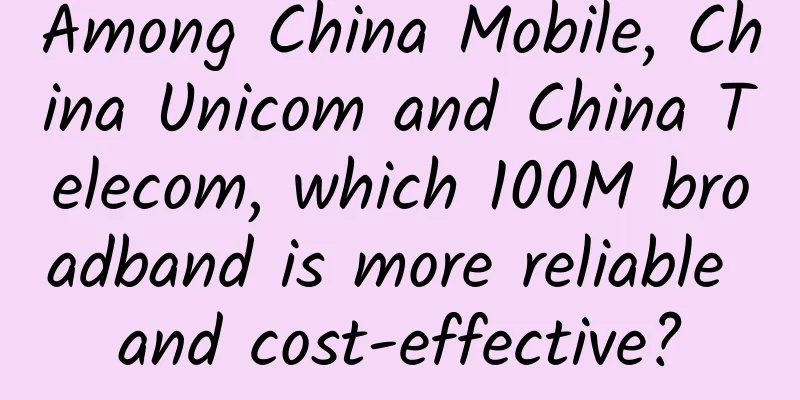30 countries will launch 5G services by 2023

|
New network deployments and enterprise momentum are expected to grow and 5G connections will double by 2025. The number of 5G connections is expected to double in the next two years, driven by technological innovation and the deployment of new 5G networks in more than 30 countries in 2023 alone. Of the new networks deployed in 2023, 15 are expected to be 5G standalone networks. Forecasts indicate that there will be significant growth in mobile user and enterprise adoption. By the end of 2022, the number of consumer connections exceeded 1 billion, increasing to around 1.5 billion this year and reaching 2 billion by the end of 2025. This momentum confirms that 5G is the fastest generation to roll out compared to 3G and 4G. As of January 2023, there are 229 commercial 5G networks worldwide and more than 700 5G smartphones available to users. Opening up in emerging marketsGrowth will also come from key markets in Asia Pacific and Latin America, such as Brazil and India, which have recently launched 5G networks. India is particularly important, and the expansion of Airtel and Jio services expected in 2023 will be critical to continued adoption in the region. It is forecast that by the end of 2025, India will have four 5G networks and 145 million new subscribers. Many of the new 5G markets scheduled to launch networks in 2023 are located in developing regions of Africa and Asia, including Ethiopia and Ghana. Currently, 5G penetration in sub-Saharan Africa is less than 1%, but will exceed 4% by 2025 and reach 16% by 2030, thanks in large part to joint efforts by industry and government organizations to connect citizens. "So far, 5G adoption has been driven by relatively mature markets and consumer use cases such as enhanced mobile broadband, but this is changing. We are now entering the second wave of 5G, and the technology will appeal to a range of different new markets and audiences. Expansion into new use cases and markets will challenge the mobile ecosystem to demonstrate that 5G is indeed flexible enough to meet these diverse needs in an inclusive and innovative way. The rise of 5GFWAAs of January 2023, more than 90 fixed broadband service providers, most of which are mobile operators, have launched commercial fixed wireless services based on 5G in 48 countries. This means that currently about 40% of the world's 5G commercial mobile products include FWA products. In the US, T-Mobile added more than 500,000 5GFWA customers in total in the fourth quarter of 2021 and the first quarter of 2022. By 2025, it expects to have 8 million FWA users, while Verizon is targeting 5 million FWA users in the same period. In addition, with operators such as Jio announcing plans to connect up to 100 million homes across India to its 5GFWA network, the number of FWA users is likely to grow significantly in the coming years. While most current 5G FWA deployments are focused on the 3.5-3.8 GHz band, some operators around the world are already using 5G mmWave spectrum as a capacity and performance booster to supplement the coverage provided by lower frequency bands. So far, only 7% of 5G launches have used 5G mmWave spectrum, but this looks set to change given that 27% of spectrum allocations and 35% of trials are already using 5G mmWave spectrum. Additionally, the industry will have 10 countries allocated 5G mmWave spectrum for use in 2023 alone, a significant increase from the 22 countries allocated to use the spectrum to date. Spain received Europe’s first 5G mmWave spectrum allocation this year, and Telefonica, Ericsson, and Qualcomm launched the first commercial 5G mmWave network at MWC Barcelona 2023. Enterprise IoT drives growthFor operators, the enterprise market will be the main driver of 5G revenue growth in the next decade. For major operators, revenue from business customers already accounts for about 30% of total revenue on average, and this proportion will further expand as the scale of enterprise informatization expands. Edge computing and IoT technologies provide further opportunities for 5G, and 12% of operators have launched dedicated wireless solutions, a figure that will grow as the scope of IoT deployment expands in 2023. Another major development for the enterprise will be the commercial availability of 5G Advanced technology in 2025. Focusing on uplink technology, 5G Advanced technology will improve speed, coverage, mobility and energy efficiency and support a new wave of business opportunities. The survey shows that half of operators expect to support 5G within two years of 5G Advanced commercial network launch. While this may be optimistic, it provides a clear opportunity for the ecosystem to execute. |
Recommend
Meta and Microsoft integrate Workplace and Teams to provide new features
[[436945]] Microsoft Teams users can now access a...
Huawei Enjoy 10S hands-on review: good looks, photography, and battery life
Data released by market research firm QuestMobile...
The role of 5G in shaping the future of smart cities
The advent of 5G technology will revolutionize th...
Network as a Service (NaaS) is the future trend
Network as a Service (NaaS) refers to the ability...
RAKsmart: 30% off on all VPS, VPS hosting in Hong Kong/Japan/Los Angeles/San Jose starting from $1.99/month
RAKsmart's December year-end promotion has be...
Ministry of Industry and Information Technology: 5G traffic price is 4.4 yuan/GB, down 46% in two years, and will continue to drop in the future
According to China News Service, on March 1, the ...
Why do base stations need to go to the sky?
Over the past few decades, mobile communication t...
Wuhan East Lake High-tech Zone built a video conferencing system in seconds to improve work efficiency
Under the tough order of "admit everyone who...
Are you ready for network automation?
[[374510]] This article is reprinted from the WeC...
Huawei Releases Next-Generation Intelligent Storage OceanStor Dorado V6 to Build a New Data Infrastructure
[51CTO.com original article] [Beijing, China, Jul...
Five steps to modernize your enterprise network
The business value of the network has never been ...
[New Year's Day] HostYun offers 15% off on all items, VPS in Hong Kong/Japan/USA/Korea starting from 15 yuan per month, CN2 GIA/AS9929 line
HostYun has launched a Christmas and 2024 New Yea...
Wesbytes: Malaysia VPS 20% off, starting from $7.99/month, 1GB/20G SSD/100M unlimited traffic
Wesbytes is a foreign hosting company founded in ...
Ministry of Industry and Information Technology: A number of key 5G technologies for specific needs of the industrial Internet will be achieved in 2022
Recently, the Ministry of Industry and Informatio...
Learn the differences between DSL, Ethernet cable and fiber optic in five minutes. It's worth saving!
This article will explain the differences betwee...







![[11.11]DogYun: 30% off on Elastic Cloud/20% off on Classic Cloud, get 1 yuan free for every 11 yuan you recharge, 100 yuan off for a dedicated server per month](/upload/images/67cabd2c6877a.webp)

